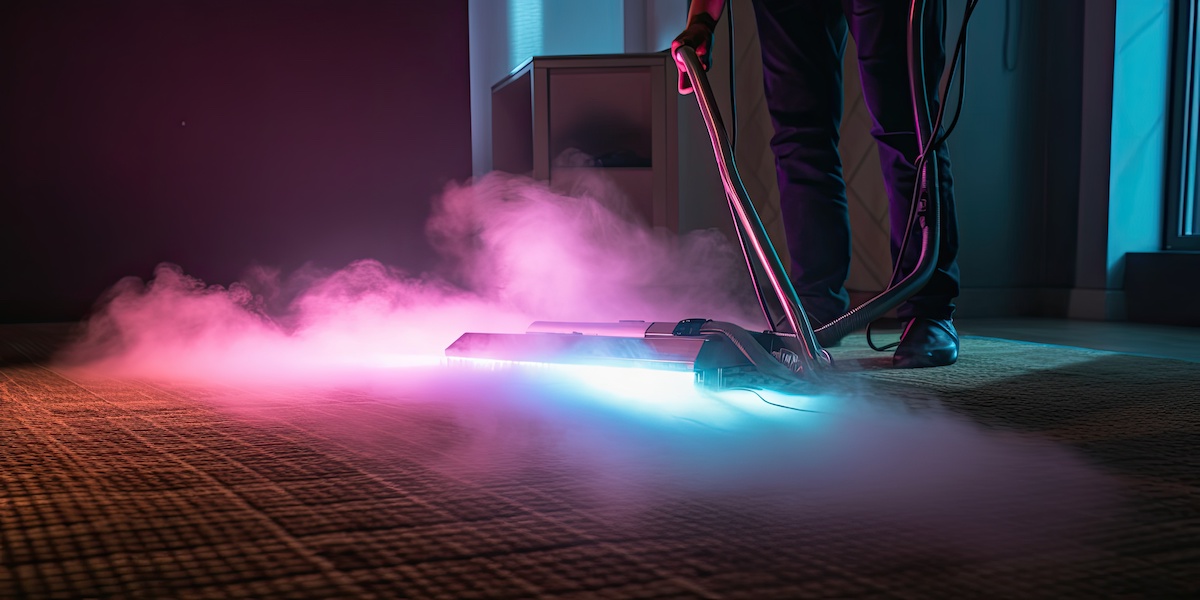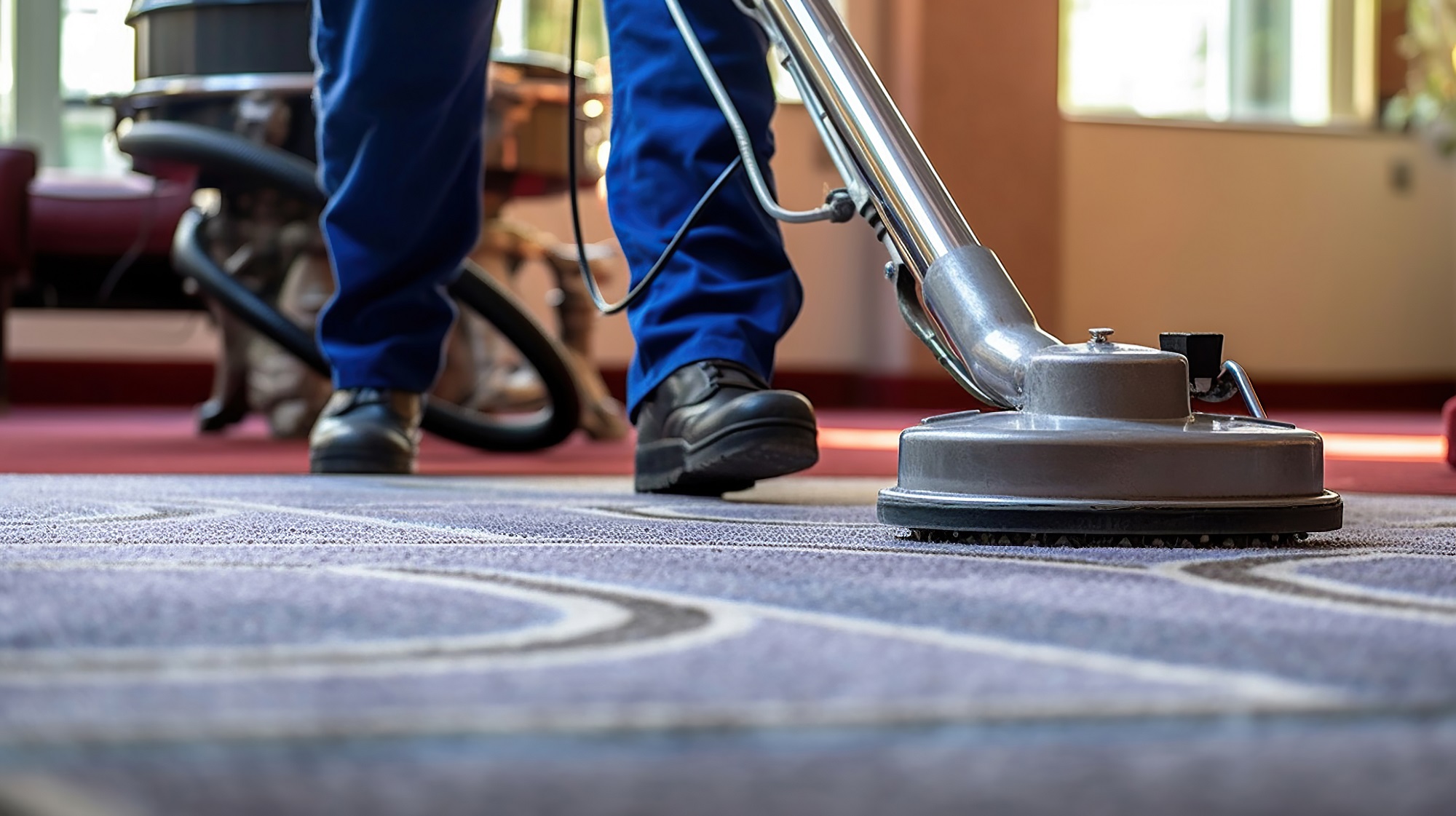An In-Depth Look at Carpet Cleaning Types: From Steam Cleaning to Dry Cleaning, Which Method Is Best for Your Needs?
When it pertains to preserving the appearance and long life of your rugs, selecting the proper cleaning technique is vital. With choices varying from vapor cleansing, which masters deep hygiene, to completely dry cleaning techniques that cater to fragile fibers, the choice can be complicated. Each method presents distinctive benefits and factors to consider that pivot on aspects such as rug material and the degree of dirtying. Comprehending these nuances may disclose shocking understandings that might dramatically influence your carpeting care method, bring about an extra enlightened selection tailored to your specific requirements.
Introduction of Carpeting Cleaning Approaches
While numerous rug cleansing methods exist, each strategy is designed to attend to specific cleaning demands and carpet types properly. Comprehending these approaches is important for picking the most proper approach tailored to specific situations.
Among one of the most common methods is completely dry cleansing, which utilizes very little wetness and specialized cleansing substances. This technique is particularly helpful for delicate carpeting fibers that might be damaged by excessive water (carpet deep cleaning). An additional widespread option is hot water removal, usually referred to as heavy steam cleansing, which uses warmed water and cleaning representatives to get rid of dust and stains deeply embedded within the carpet fibers
Encapsulation cleaning is another modern approach, using synthetic cleaning agents that take shape dust fragments. This approach is efficient and reduces drying out time, making it perfect for business setups. In addition, bonnet cleaning uses a rotating barrier with absorptive pads to lift surface soil, commonly used in resorts and high-traffic locations for quick clean-ups.
Ultimately, the choice of carpet cleansing technique depends upon aspects such as rug type, level of soiling, and desired outcomes. By meticulously taking into consideration these organizations, homeowners and variables can ensure the longevity and appearance of their carpets.
Steam Cleansing Explained
Among the most effective carpeting cleansing techniques is heavy steam cleaning, also recognized as warm water extraction. This strategy uses high-temperature water, normally heated up to about 200 degrees Fahrenheit, to pass through carpet fibers and loosen dust, stains, and allergens. The procedure begins with pre-treatment of heavily stained locations, complied with by the application of the warm water solution. As the water is injected into the rug, it breaks down the gunk, allowing it to be effectively eliminated.
Steam cleaning is particularly efficient for deep cleansing carpetings, as it not just gets rid of surface area dust but also gets rid of germs and dirt termites, adding to a healthier indoor atmosphere. The approach appropriates for various kinds of carpets, consisting of those made from synthetic and all-natural fibers.
After the extraction process, carpets might preserve some dampness; however, with proper equipment, drying out times can be substantially minimized. Routine heavy steam cleaning can prolong the life of carpetings while boosting their look. Generally, heavy steam cleaning stands apart as an extensive service for preserving clean, fresh rugs, making it a preferred choice for both business and residential setups.
Dry Cleansing Methods
Dry cleaning strategies use an efficient alternative to traditional heavy steam cleaning, specifically for rugs that may be delicate to moisture or call for a quicker drying time. This method makes use of specialized cleaning up solvents rather than water to get rid of dust and stains, making it ideal for delicate textiles and rugs that might be harmed by extreme wetness.

Another technique employs solvent-based cleaning solutions, which are put on the carpeting making use of a low-moisture approach. This strategy decreases the danger of shrinking or shade bleeding while successfully lifting stains.
Dry cleaning is specifically useful for industrial settings or households with high foot website traffic, as it makes sure very little disruption. On the whole, these approaches supply a trustworthy choice for maintaining carpetings without the prolonged drying out times linked with wet cleansing methods.
Contrast of Cleansing Methods
When reviewing various rug cleansing approaches, it is vital to weigh the benefits and disadvantages of each technique to figure out one of the most suitable option for particular requirements. Heavy steam cleansing, often thought about the most efficient technique, uses warm water extraction to eliminate ingrained dirt and allergens. Nonetheless, it calls for longer drying out times and might not be excellent for delicate carpets.
On the other hand, completely dry cleansing approaches, such as encapsulation and bonnet cleaning, offer quicker drying times, making them much more convenient for domestic settings. These approaches make use of very little moisture, which reduces the threat of mold and mildew growth but might not attain the very same degree of deep cleansing as heavy steam cleansing.
Shampooing is an additional alternative, reliable for surface dust however commonly leaves residues that can attract dust in time - deep carpet cleaning service. carpet deep cleaning. Furthermore, it's labor-intensive and may need expert intervention for detailed outcomes
Picking the Right Technique
Picking the ideal carpeting cleansing technique rests on a number of variables, continue reading this including the type of carpeting, the degree of staining, and the desired results. Different carpets, such as wool, artificial, or all-natural fibers, respond uniquely to various cleansing strategies. As an example, vapor cleaning, which uses warm water extraction, is effective for artificial rugs but might damage fragile fibers like wool.
The extent of dirtying plays a crucial duty in approach choice. Greatly stained carpetings may call for deep cleaning methods like vapor cleansing or encapsulation, whereas gently soiled rugs might gain from less complex techniques such as completely dry cleansing or vacuuming.
Desired outcomes also influence the option of cleansing method. If quick drying out is a top priority, dry cleansing methods are better, as they require very little dampness. Conversely, if the goal is to eliminate persistent stains and allergens, heavy steam cleansing could be the much better choice regardless of longer drying times.
Ultimately, examining these variables helps professionals and homeowners make informed decisions, guaranteeing that the chosen technique not only cleanses properly however likewise maintains the honesty and durability of the carpet.
Verdict
In conclusion, selecting a proper carpeting cleansing method hinges on particular carpeting kinds and individual cleaning demands. Heavy steam cleansing offers depth and cleanliness, while completely dry cleansing provides speed and comfort for moisture-sensitive products.
